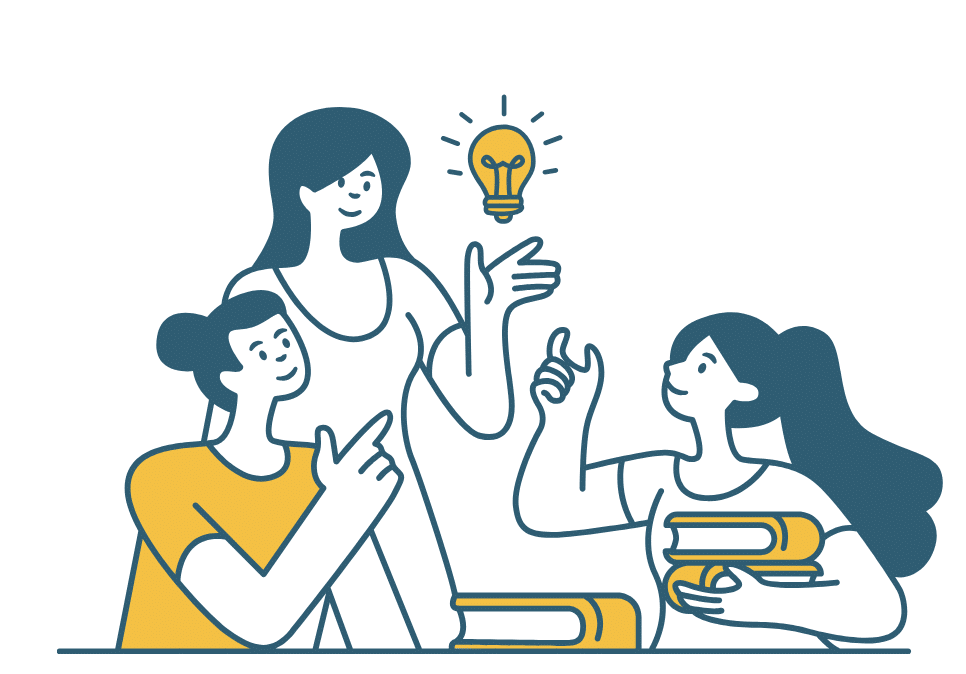As a speaker, trainer, and coach, I have had the privilege of working with thousands of teachers. There is a recurring issue that needs to be addressed–the reluctance to relinquish control to students. In my experience leading the shift to blended learning, the only way to truly engage students in learning is to allow them to actively lead the process, make decisions, and pursue learning through a lens of interest. However, many teachers hesitate to release control because they fear students won’t make wise choices or do the work.
This creates tension when I guide educators in exploring alternative instructional models that use technology strategically. These technology-enhanced instructional models require more from students in terms of self-regulation and self-directed learning. They also necessitate that teachers trust their students. Unfortunately, a lack of trust often leads teachers to retain control over the curriculum, pacing, and class management. This, in turn, creates a learning environment where students are stuck in the role of passive observers and consumers rather than active participants driving their learning.
I encourage teachers to shift their thinking and empower their students with the skills necessary to make smart choices, manage their behavior, and take control of their learning. By doing so, teachers can free up precious class time to work directly with individual and small groups of learners rather than standing at the front of the room transferring information or orchestrating parts of the lesson.
To achieve this shift in thinking, we need to start with trust. Teachers need to trust that their students can be partners in the learning process and cultivate the skills required to drive their learning. This means that teachers must let go of control and allow students to take ownership of their learning.
Technology is a powerful tool in supporting student-centered learning and helping students develop the skills necessary for self-regulation, self-directed learning, and collaboration. By leveraging technology, teachers can create opportunities for students to explore their interests, work at their own pace, and take control of their learning.
It is time to embrace a new paradigm of teaching and learning. We need to shift from a model of teacher-centered instruction to one that is student-centered, empowering students to take control of their learning and freeing teachers to embrace their roles as facilitators. This shift requires trust, a willingness to let go of control, and a commitment to leveraging blended learning models to support student-centered learning. By doing so, we can create an engaging, meaningful, and empowering learning environment for all learners.




2 Responses
I love that these strategies give the teacher more time to work with students individually or in small groups. Any advice on how this can be done successfully in kindergarten?
Hi Ha’ale,
I would suggest checking out the BEST Self-direction rubric for K-2 as a guide of the kinds of behaviors we want to begin cultivating in young students. Then think about how you might encourage these in your young learners. When working with kindergarten teachers, we often start with learning centers or the station rotation model as a way to begin releasing responsibility to learners. Technology is used very sparingly in these young grades (e.g., educational games, read-alouds with popular children’s books, vocabulary development).
I love that you are excited about this because the work you do in kinder setting the stage for self-directed, student-centered learning is invaluable!
Take care.
Catlin